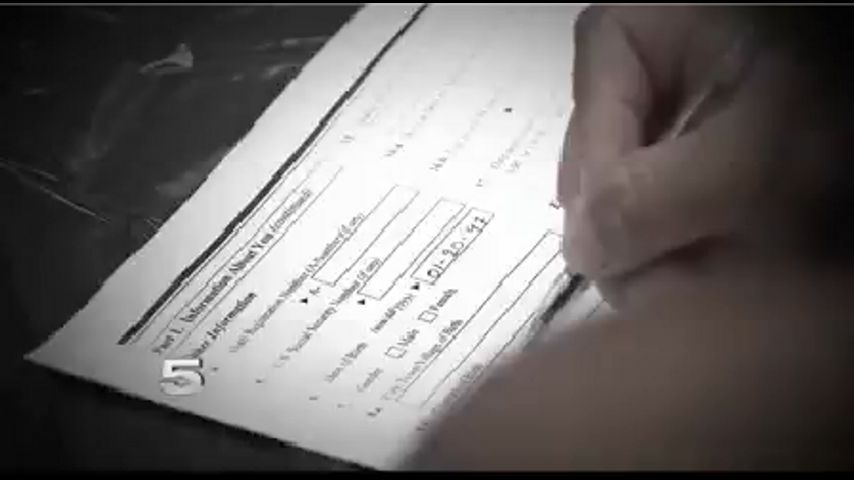Valley Attorney Reacts to New Immigration Judges Case Quota
MCALLEN – Rio Grande Valley immigration attorneys are concerned after a new production quota was placed on immigration judges. They say it’s unsure if it could help in the backlog of cases.
Hundreds of people come through the U.S. Mexico border each day in South Texas.
"It took us six days just to arrive at the border and we didn't suffer, thank God. There are many that don't have the same luck, but it is always a risk,” said Honduran Ever Arias.
Arias says he and his son took the journey to the U.S from a country they love and fear.
"Unfortunately, well, yes, our country is a beautiful country and very rich in many things. Unfortunately our leaders are not being fair with those that need it most,” he says, “and in terms of the violence, yes, there are always cities that are more dangerous than others, but we do have a higher percentage of risk in being in the streets, in terms of extortion, robberies, death, the number is always high. A lot of people fear to live in our country. That's why the majority of us are immigrating to the United States.”
Arias says they are headed to New Jersey to find his wife and seek asylum to stay in the U.S.
The U.S. Department of Justice Executive Office of Immigration Review announced this week that all 350 immigration judges must meet a proficiency standard of 700 cases a year. The average number of cases judges completely each year is 678.
The office's director, James McHenry, says this move is to provide "efficient and effective case management."
Valley immigration attorney Cynthia Renteria believes this is a mistake.
"I think the overall consensus amongst those of us who practice immigration is that it's a disaster waiting to happen,” she says.
The directive also states judges must rule on the same day on every plea for asylum seekers if the immigrant had a credible fear...a reasonable fear of persecution or danger by returning home.
That decision would keep the immigrant in the U.S. or the request of the immigrant could be denied. Regardless, it all must be decided in one day.
Renteria says if judges decide too quickly this could cause another backlog in other cases.
"If cases go up on appeal then it might alleviate some of the backlogs on immigration courts. Then you can get a backlog on the appellate body which is a board of immigration appeals,” she explains.
Renteria adds this might impact unaccompanied minors and others who don’t have a legal counsel, like Arias.
“If that individual doesn't have a lawyer and they go and ask for the first time, perhaps the judge will give them one continuance. If at that second hearing there is no attorney present then the judge will likely order the individual removed,” she says.
Arias says he'll try the system and tell the judge his case.
"Hopefully, they will be fair with me and they will give me the opportunity to be in this country, especially for our kids. So they can have a better future,” he says.
Until then, Arias and attorneys fighting cases similar will wait to see what the judges decide.
This directive mandates the new instructions take effect beginning Oct. 1, 2018.
Hidalgo County GOP chairman Sergio Sanchez tells CHANNEL 5 NEWS he was surprised judges were not resolving at least 700 cases a year already.
Sanchez says increasing productivity is not the only solution to resolving the backlog.
"We do need to solve these cases. Not only faster but we need more judges, that is what I say. We need more judges,” he says. “There's a huge backlog of cases more that are piling up every single day as folks are crossing illegally and being given court dates and that's a lot of work.”
Approximately 350 immigration judges oversee asylum cases. Seven hundred cases per year would mean each judge would have to resolve two cases per day to meet the quota.
That does not factor the 650,000 backlogged immigration cases.




